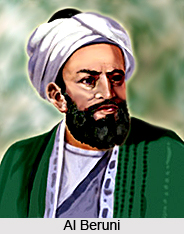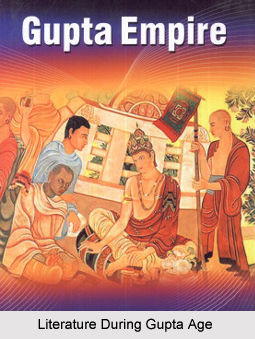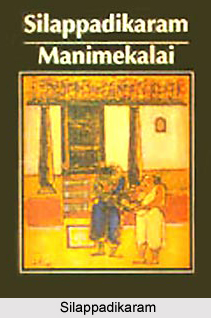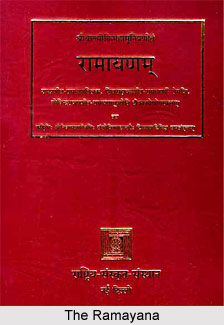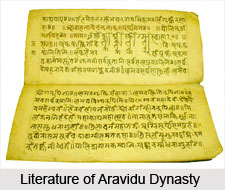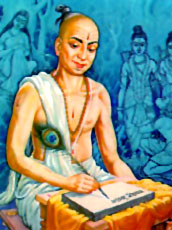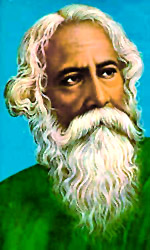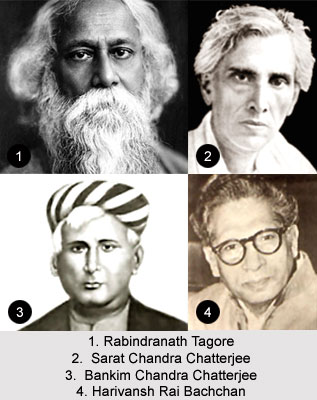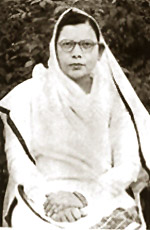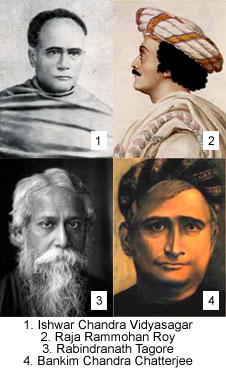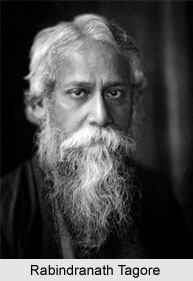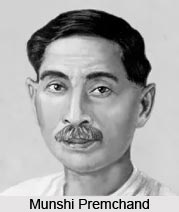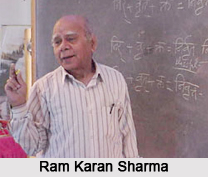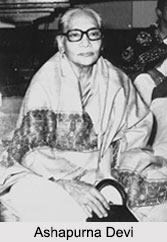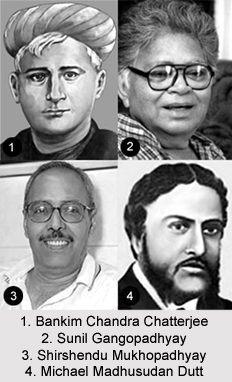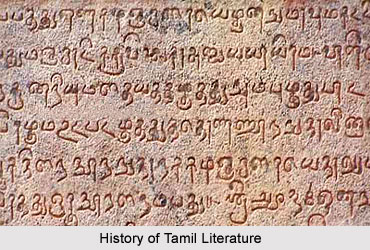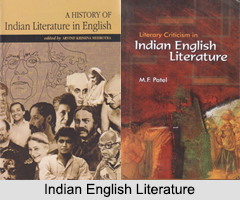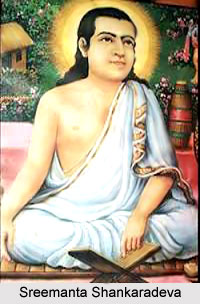 Contribution of Sreemanta Shankaradeva to Ankiya Nats is great and far reaching. During Sankaradeva`s time, there were other kinds of popular dance and dramatic entertainments in Assam such a temple dance, eodhani-nac, Putala-nac and Oja-Pali performances.
Contribution of Sreemanta Shankaradeva to Ankiya Nats is great and far reaching. During Sankaradeva`s time, there were other kinds of popular dance and dramatic entertainments in Assam such a temple dance, eodhani-nac, Putala-nac and Oja-Pali performances.
The choral singing of Oja-Pali was extremely popular, and it continues till today as a very common entertainment in our villages. The Oja-Pali party usually consists of four to five singers, and is divided into two groups, each singing in chorus. The leader is called Oja, and his companions are called Palis. One of the Palis is called Daina Pali, the right-hand or the chief assistant of the Oja.
The leader extemporises or unfolds the story, "recites the refrain, and the Palis repeat the refrain by playing on cymbals and keeping time with the movements of their feet. In interpreting the verse-narrative, the Oja uses dramatic gestures, expressions, and movements. Occasionally, in the middle of the performance, the Oja pauses and converses with the Daina Pali by way of expounding the story in order to give the entertainment the appearance of a dramatic dialogue. This pre-Vaisnavite Oja-Pali dance-recital might have given to Sankaradeva the basic idea for the production of Ankiya plays. It may, therefore, be reasonably presumed that the recital of kavyas, Oja-Pali choral singing, and spectacular shows of other parts of India, might have jointly contributed to the rise of the fully developed drama in Assamese.
Though the Ankiya plays have largely been developed out of native and indigenous materials, the influence on it of the Sanskrit drama and dramaturgy is also perceptible to a great extent. Sankaradeva himself styled these dramatic compositions nat and natakas after the Sanskrit names. Other tides used by the Vaisnava poets for this type of plays are Yatra, Nrta, and Anka. The shorter plays of Madhavadeva are called Jhumura. The more popular name, however, is Ankiya nat. These plays, however, bear no resemblance to the Anka type of Rupakas in Sanskrit. Ankiya nat is a generic term in Assamese and means a dramatic composition in a single act depicting the articles of Vaisnava faith.
In technique, too, these Ankiya nats follow to a certain extent the texts on Sanskrit dramatic theory, particularly with reference to use of Sanskrit verses and nandi, the introduction of the role of Sutradhara, and performance of the preliminaries (Purva-ranga). Unlike as in Sanskrit plays, the Sutradhara is an integral part of an Ankiya nat. In Sanskrit dramas, the Sutradhara disappears altogether after the invocation. But it is different with the Assamese plays. Here, the Sutradhara remains all along on the stage. Further, the Sutradhara in an Ankiya drama combines the functions of the producer and a running commentator.
He dances with the orchestra, opens the play by reciting the nandi verse, introduces the characters, gives them directions, announces their exits and entrances, fills in lacunae in the action of the play by song, dance and speech, and delivers brief discourses on the ethical and spiritual points of the plot. Further, there are no acts or scenes in an Ankiya play, and changes of scene are either announced by the Sutradhara in his dialogue or by orchestral singing. The Ankiya nats needed the services of the Sutradhara to perform all these roles to heighten and popularise the effect of the Bhavana or performance, as the audience consisted mainly of unlettered villagers who at every stage of the progress of the play required explanations. The role of the Sutradhara is there fore very important in an Assamese Bhavana, and even today he is necessarily a man of no mean talents. He is an actor, a trained musician, and an accomplished dancer. Wherever possible, the most artistically gifted man of the village is chosen as the Sutradhara to guide and conduct the play. He is trained from childhood in music, dancing and dramatic technique.
The other noteworthy characteristic of an Ankiya nat is its essential lyrical nature. In these plays songs and verses greatly preponderate, and the playwrights largely use them to bring home the message inculcated in the play. Many situations and incidents are suggested by mere descriptive verses uttered by the Sutradhara instead of being represented through action and character. Minor incidents and feelings and sentiments are at places given expression to by songs. The dialogue which is introduced mainly to elaborate the lyrical sentiments in prose is very thin, though extremely musical. In these plays, the writer appears more as a poet and composer than as a dramatist. His play is not a drama in the real sense, but a `lyrico-dramatic spectacle`.
The songs and verses of the plays bear special characteristics, and they are called Ankar git and bhatima. In some plays, Bargits, a special type of devotional songs, are also included. Each Ankiya git or dramatic song contains a dhuvd or refrain, and bears a particular raga (melody), tala (time measure) and mana (rhythm).
Like the Sanskrit drama most of the Ankiya plays open with preliminaries prescribed in the orthodox Natya-Sastra (dramaturgy), namely, nandi, prarocand and prastavana. In earlier Assamese plays, there are usually two nandi verses with 8 or 12 feet of verse or carana; one of this is of a benedictory nature and the other suggests the subject-matter of the play. Some of the later plays totally discarded the nandi verse in Sanskrit and in its place introduced a benedictory poem in Assamese. In Sanskrit drama, the general stage direction, Nandyante Sutradhara, brings the Sutradhara after the nandi, which implies that the Sutradhara did not recite the nandi. But in the Ankiya plays, the "nandi" recital is the specific function of the Sutradhara.
The nandi being over, the Sutradhara announces the subject-matter of the play in a Sanskrit verse (prarocand). This is invariably accompanied by a long poem in Assamese called bhatima. After that follows the prastavana. The Sutradhara hears a celestial sound. On this point a discussion arises, and as it progresses the Sutradhara announces the names of the approaching personages. At the end of this discussion the companion (sangi) retires from the stage.

